Home>diy>Building & Construction>What Is Plastic Used For In Construction


Building & Construction
What Is Plastic Used For In Construction
Modified: January 20, 2024
Discover the various uses of plastic in building construction. From pipes and insulation to windows and roofing, plastic is a versatile material that enhances durability and sustainability in the construction industry.
(Many of the links in this article redirect to a specific reviewed product. Your purchase of these products through affiliate links helps to generate commission for Storables.com, at no extra cost. Learn more)
Introduction
Plastic has become an essential component in modern construction due to its versatility, durability, and cost-effectiveness. From residential buildings to commercial structures, plastic is used in various forms to enhance the functionality and aesthetics of construction projects. This article aims to provide an overview of the role of plastic in the construction industry, highlighting its advantages, applications, components, and addressing sustainability concerns.
When we think of plastic, our minds may automatically associate it with disposable products or single-use packaging. However, plastic plays a significant role in construction, contributing to the strength, insulation, and overall sustainability of buildings.
In recent years, there has been a growing trend towards utilizing plastic materials in construction due to several factors. Not only is plastic lightweight, but it also offers a high tensile strength, making it suitable for various structural applications. Additionally, its malleability allows for easy customization and fabrication, giving architects and engineers ample design flexibility.
Furthermore, the durability of plastic makes it resistant to corrosion, moisture, and termites, making it a practical choice for long-lasting structures. Plastics can also be treated to resist fire, improving the safety standards of buildings and reducing the risk of spreading flames.
Another advantage of incorporating plastic into construction is its excellent thermal and sound insulation properties. These properties help to regulate temperature, reduce energy consumption, and provide acoustic comfort within buildings. As a result, plastic materials contribute to creating more sustainable and environmentally-friendly structures.
The use of plastic in construction extends beyond structural applications. Plastic components, such as pipes, fittings, and fixtures, play a crucial role in plumbing and electrical systems. These materials are lightweight, easy to install, and resistant to corrosion, ensuring the efficient functioning of building services.
It is important to note that while plastic offers numerous benefits, there are also drawbacks to consider. Plastic materials can contribute to environmental pollution, especially when not properly disposed of or recycled. Additionally, some plastic products may release volatile organic compounds (VOCs), posing potential health risks if not managed carefully.
Overall, plastic has revolutionized the construction industry by offering a wide range of applications and benefits. As sustainability becomes increasingly important, there is a growing focus on developing eco-friendly and recyclable plastic materials to mitigate the environmental impact. The future of plastic in construction holds promising prospects, with ongoing research and innovations aimed at creating more sustainable and high-performance materials.
Key Takeaways:
- Plastic materials offer versatility, durability, and sustainability in construction, revolutionizing the industry with lightweight, cost-effective solutions for pipes, insulation, roofing, and more.
- While plastic brings significant benefits to construction, it’s crucial to address environmental concerns. Innovations like bio-based plastics, recycling, and smart materials pave the way for sustainable, high-performance building solutions.
Read more: What Are Sills Used For In Construction
Understanding Plastic in Construction
In order to fully grasp the significance of plastic in construction, it is essential to understand the different types of plastic commonly used in the industry.
Plastic materials used in construction are typically categorized as thermoplastics and thermosetting plastics. Thermoplastics, such as polyethylene, polypropylene, and PVC (polyvinyl chloride), are known for their ability to soften and remold when heated. This characteristic makes them highly malleable and enables them to be molded into various shapes and sizes.
Thermosetting plastics, on the other hand, do not soften when reheated. They undergo a chemical reaction during the curing process, becoming rigid and retaining their shape. Examples of thermosetting plastics include epoxy, phenolic resins, and melamine formaldehyde.
Both thermoplastics and thermosetting plastics have their own advantages and applications in construction. Thermoplastics are commonly used for pipes, fittings, and electrical wiring conduits due to their flexibility, durability, and resistance to corrosion.
Thermosetting plastics, with their superior strength and fire resistance properties, are often utilized in construction materials such as insulation boards, laminates, and composites. These materials provide excellent thermal and acoustic insulation while ensuring structural stability.
Plastic composites, which combine plastic with other reinforcing materials such as glass fibers or carbon fibers, are gaining popularity in the construction industry. These composites offer superior strength, impact resistance, and lightweight properties, making them ideal for applications such as roofing, facade panels, and structural reinforcements.
Understanding and utilizing the specific properties of different plastic materials can greatly enhance the performance and efficiency of construction projects. For example, the lightweight nature of plastic materials reduces the overall weight of structures, resulting in less load on foundations and lower transportation costs. Additionally, plastic materials are easier to handle and install compared to traditional building materials like concrete or steel, speeding up construction processes.
The use of plastic in construction also promotes sustainability through recycling initiatives. Many plastic materials used in construction, such as PVC pipes or composite materials, can be easily recycled, reducing waste and minimizing the environmental impact of construction projects.
In summary, plastic materials in construction offer a wide range of properties and applications. By understanding the characteristics of different plastic types, architects and engineers can harness the potential of plastic materials to create innovative, durable, and sustainable buildings.
Advantages of Using Plastic in ConstructionPlastic materials have revolutionized the construction industry, offering numerous advantages that have made them a popular choice among architects, engineers, and contractors. These advantages contribute to improved efficiency, durability, and sustainability in construction projects. Let’s explore some of the key advantages of using plastic in construction.
1. Versatility: Plastic materials are highly versatile and can be molded into various shapes and sizes, making them suitable for a wide range of applications in construction. From pipes and fittings to roofing materials and insulation, plastic offers flexibility and adaptability in meeting different construction needs.
2. Lightweight: Plastic is significantly lighter than traditional construction materials such as concrete or steel. This lightweight nature of plastic materials makes transportation and handling easier, reducing overall project costs and construction time.
3. Durability: Plastic materials used in construction are known for their durability and resistance to environmental factors such as corrosion, rot, and termite damage. Plastic components can withstand harsh weather conditions and have a longer lifespan than many traditional construction materials.
4. Insulation Properties: Plastic materials offer excellent thermal and acoustic insulation properties. For example, plastic insulation boards or panels can help regulate temperature inside buildings, reducing the need for excessive heating or cooling. This not only improves comfort for occupants but also contributes to energy efficiency and lower utility costs.
5. Design Flexibility: Plastic materials can be easily molded and shaped to achieve intricate and innovative designs. This design flexibility allows architects to explore creative possibilities and create unique architectural elements. Plastic materials can be manufactured in a wide range of colors, textures, and finishes, enhancing the aesthetic appeal of buildings.
6. Cost-Effectiveness: Plastic materials are generally more cost-effective compared to traditional construction materials. The production and installation costs of plastic components are often lower, contributing to overall project savings. Additionally, the lightweight nature of plastic materials reduces the load on foundations, resulting in potential cost savings in structural design and construction.
7. Ease of Installation: Plastic components are typically designed for easy installation. They can be prefabricated or assembled off-site, reducing on-site labor and construction time. This ease of installation improves construction efficiency and allows for faster project completion.
8. Sustainability: Plastic materials can contribute to sustainability initiatives in construction. Plastics can be recycled and reused, reducing waste and conserving resources. By using recycled plastic materials in construction, the industry can minimize its ecological footprint and promote a circular economy.
These advantages make plastic materials a desirable choice in the construction industry, providing enhanced performance, cost savings, and environmental benefits. However, it is important to balance these advantages with the potential environmental concerns associated with plastic use, ensuring responsible and sustainable construction practices.
Common Applications of Plastic in Construction
Plastic materials have found widespread use in various construction applications, thanks to their versatility, durability, and cost-effectiveness. Let’s explore some of the common applications of plastic in construction.
1. Pipes and Plumbing: Plastic pipes, such as PVC (polyvinyl chloride) pipes, are widely used in plumbing systems due to their lightweight nature, corrosion resistance, and ease of installation. Plastic pipes are also less prone to scaling and offer better flow rates compared to traditional metal pipes.
2. Electrical Wiring: Plastic materials, particularly PVC, are extensively used in electrical wiring systems. Plastic-coated wires and conduits offer excellent insulation properties, ensuring electrical safety and preventing the risk of short circuits or electrical fires.
3. Roofing Materials: Plastic roofing materials, such as polycarbonate or PVC roofing sheets, provide lightweight, durable, and cost-effective alternatives to traditional roofing materials like metal or tiles. Plastic roofing materials offer good thermal insulation and are resistant to weathering, UV radiation, and impact.
4. Insulation: Plastic insulation materials, such as expanded polystyrene (EPS) or polyurethane foam, are widely used in buildings to enhance thermal and acoustic insulation. These materials improve energy efficiency, reduce heating and cooling costs, and provide a comfortable indoor environment.
5. Windows and Doors: Plastic materials, particularly uPVC (unplasticized polyvinyl chloride), are commonly used in window frames and door profiles. uPVC offers excellent insulation properties, low maintenance requirements, and durability compared to traditional materials like wood or aluminum.
6. Siding and Cladding: Plastic materials, including vinyl siding or composite cladding, are widely used to enhance the exterior aesthetics and protect buildings from weather elements. Plastic siding and cladding materials are available in a variety of colors, textures, and finishes, offering design versatility and low maintenance requirements.
7. Thermal and Moisture Barrier Films: Plastic films, such as vapor barriers or moisture barriers, are used in construction to prevent the infiltration of water, moisture, and air. These films help to maintain a controlled indoor environment and protect the building envelope from damage.
8. Composite Building Materials: Plastic composites, which combine plastic with other reinforcing materials like fiberglass or carbon fibers, are used in the construction of structural components. These composite materials offer enhanced strength, lightweight properties, and resistance to corrosion, making them ideal for applications such as beams, columns, and reinforcement panels.
9. Landscaping and Outdoor Structures: Plastic materials are commonly used in landscaping applications, including plastic lumber for decking or fencing, plastic retaining walls, and plastic edging for garden beds. These materials offer durability, resistance to rot or decay, and require minimal maintenance.
10. Temporary Structures and Formwork: Plastic materials, such as plastic formwork systems, are increasingly utilized for temporary structures and molds in construction projects. Plastic formwork offers advantages such as lightweight, easy assembly, and reusability, reducing material waste and labor costs.
These are just a few examples of the common applications of plastic in construction. The versatility and wide range of plastic materials available allow for innovative solutions and creative designs in various construction projects.
Plastic Components for Building
Plastic components play a crucial role in the construction industry, fulfilling various structural, functional, and aesthetic requirements. These components offer advantages such as durability, cost-effectiveness, and ease of installation. Let’s explore some of the common plastic components used in building construction.
1. Pipes and Fittings: Plastic pipes and fittings are widely used in plumbing systems. Materials such as PVC (polyvinyl chloride), CPVC (chlorinated polyvinyl chloride), and PEX (cross-linked polyethylene) provide lightweight, corrosion-resistant, and cost-effective alternatives to traditional metal pipes. Plastic pipes and fittings are easy to install, offer good flow rates, and are less prone to scaling or clogging.
2. Insulation Materials: Plastic insulation materials, such as expanded polystyrene (EPS) and polyurethane foam, are used to provide thermal and acoustic insulation in buildings. These materials help regulate indoor temperature, reduce energy consumption, and create a soundproof interior environment.
3. Roofing Sheets and Panels: Plastic roofing materials, including polycarbonate and PVC, are popular choices for their lightweight nature, durability, and weather resistance. These materials offer excellent UV protection, impact resistance, and thermal insulation properties. Plastic roofing sheets and panels are used in various applications, such as skylights, roof coverings, and greenhouse structures.
4. Windows and Doors: Plastic materials, such as uPVC (unplasticized polyvinyl chloride), are commonly used in window frames and door profiles. uPVC provides excellent insulation, durability, and low maintenance requirements compared to traditional materials like wood or aluminum. Plastic windows and doors offer good thermal efficiency and contribute to energy savings in buildings.
5. Facades and Cladding: Plastic components, such as composite panels or vinyl siding, are used to enhance the exterior aesthetics of buildings. Composite panels made of plastic and other materials offer durability, weather resistance, and design versatility. Vinyl siding is a popular choice for its low maintenance requirements, color options, and resistance to rot or decay.
6. Structural Components: Plastic composites, which combine plastic with other materials like fiberglass or carbon fibers, are used for structural components in building construction. These components offer high strength, lightweight properties, and resistance to corrosion and weathering. Plastic composite beams, columns, and reinforcement panels are commonly used in commercial and industrial buildings.
7. Electrical Fixtures and Wiring Accessories: Plastic materials are used in electrical systems to provide insulation and protection. Electrical fixtures, switches, outlets, and wiring accessories are often made of plastic. Plastic components ensure electrical safety, prevent short circuits, and offer easy installation.
8. Waterproofing Membranes: Plastic membranes are used as waterproofing materials in building construction. These membranes, made of materials such as polyvinyl chloride (PVC) or ethylene propylene diene terpolymer (EPDM), create a barrier to prevent water penetration and protect the building envelope from moisture damage.
9. Signage and Wayfinding: Plastic materials, such as acrylic or polycarbonate, are used for signage and wayfinding systems in buildings. These materials offer durability, transparency, and customization options for clear communication and navigation within the building.
These are just a few examples of the plastic components used in building construction. The wide range of plastic materials and their properties allow for innovative solutions and efficient building practices, contributing to the overall performance and sustainability of construction projects.
Plastic is commonly used in construction for items such as pipes, insulation, and roofing materials. It is lightweight, durable, and resistant to corrosion, making it a versatile choice for various applications in the construction industry.
Read more: What Is Limestone Used For In Construction
Benefits and Drawbacks of Using Plastic in Construction
Plastic materials have become integral to the construction industry, offering numerous benefits that enhance efficiency, durability, and sustainability. However, it is important to consider both the advantages and drawbacks of using plastic in construction. Let’s explore these factors in detail:
Benefits:
- Versatility: Plastic materials are highly versatile and can be molded into various shapes and sizes, allowing for tailored solutions to meet specific construction needs.
- Durability: Plastic components in construction are known for their resistance to environmental factors such as corrosion, rot, and termites. They offer long-lasting performance, reducing the need for frequent replacements.
- Cost-Effectiveness: Plastic materials are generally more cost-effective compared to traditional construction materials, resulting in potential savings in material costs and construction time.
- Insulation Properties: Plastic materials offer excellent thermal and acoustic insulation, contributing to energy efficiency, reduced heating and cooling costs, and improved indoor comfort.
- Design Flexibility: Plastic materials can be easily customized and fabricated, allowing architects and engineers to explore innovative designs and create unique architectural elements.
- Sustainability: Plastic materials can be recycled and reused, reducing waste and promoting a circular economy in the construction industry.
Drawbacks:
- Environmental Impact: Improper disposal and lack of proper recycling measures can contribute to plastic pollution, posing significant environmental concerns.
- Potential Health Risks: Some plastic materials, especially when not manufactured or installed correctly, may release volatile organic compounds (VOCs) that can have adverse health effects if not managed properly.
- Fire Hazard: Certain types of plastic materials can be flammable or release toxic fumes when exposed to fire, requiring proper fire safety precautions in construction projects.
- Durability Concerns: While plastic materials are generally durable, extreme weather conditions or exposure to sunlight may affect their longevity and performance.
- Perception and Aesthetics: In some cases, there is a perception that plastic materials may not provide the same aesthetic appeal as natural or traditional materials, which can affect the overall design and visual impact of a building.
It is important to weigh the benefits and drawbacks of using plastic in construction and consider sustainable practices to mitigate potential environmental and health hazards. By adopting responsible waste management practices, promoting material recycling, and using plastic materials judiciously, the construction industry can maximize the advantages of plastic while minimizing its drawbacks.
Sustainability and Environmental Concerns
The use of plastic in construction brings various sustainability benefits, along with environmental concerns that need to be addressed. Let’s delve into the sustainability aspects and environmental concerns related to plastic in construction:
Sustainability:
Plastic materials, when managed properly, can contribute to sustainable construction practices in several ways:
- Recycling: Many plastic materials used in construction, such as PVC pipes and composite materials, can be recycled. Recycling plastic reduces the demand for virgin materials, conserves resources, and reduces waste sent to landfills.
- Energy Efficiency: Plastic materials with insulation properties, such as plastic foam boards, contribute to energy-efficient buildings by reducing heat transfer, lowering heating and cooling costs, and reducing overall energy consumption.
- Lightweight Construction: The lightweight nature of plastic materials results in reduced transportation costs, fuel consumption, and carbon emissions during construction projects.
- Lower Maintenance: Plastic materials often require minimal maintenance compared to traditional materials, reducing the need for frequent repairs, replacements, and associated resource consumption.
Environmental Concerns:
While plastic offers several sustainability benefits, it is crucial to address the environmental concerns associated with its use in construction:
- Plastic Pollution: Improper disposal and lack of recycling can lead to plastic pollution in ecosystems, affecting wildlife, marine life, and soil quality. Implementing effective waste management practices and promoting recycling initiatives are essential to mitigate plastic pollution.
- Carbon Footprint: The production and disposal of plastic materials contribute to greenhouse gas emissions, primarily from the extraction of raw materials and energy-intensive manufacturing processes. Minimizing the carbon footprint associated with plastic production and disposal requires transitioning to more sustainable and energy-efficient practices.
- Recycling Challenges: Not all plastic materials used in construction are easily recyclable, and the recycling infrastructure for specific plastic types may be limited. Developing efficient recycling technologies and expanding recycling programs are integral to overcoming these challenges.
- Toxicity and Health Hazards: Some plastic materials may contain harmful additives or release toxic fumes when burned, posing risks to human health and the environment. Strict adherence to safety regulations and responsible disposal practices are essential to mitigate these risks.
Addressing environmental concerns in relation to plastic in construction requires a multi-faceted approach. This includes promoting the use of recyclable plastics, improving recycling infrastructure, implementing waste management strategies, embracing sustainable and energy-efficient manufacturing practices, and encouraging responsible consumption and disposal habits amongst construction industry stakeholders.
By focusing on sustainable practices and environmentally responsible solutions, the construction industry can harness the benefits of plastic materials while minimizing their environmental impact and contributing to a more sustainable future.
Future Trends and Innovations in Plastic Construction Materials
The construction industry is constantly evolving, and plastic materials continue to play a significant role in shaping its future. Innovative developments and emerging trends in plastic construction materials offer exciting possibilities for enhanced performance, sustainability, and design flexibility. Let’s explore some of the future trends and innovations in plastic construction materials:
1. Bio-Based Plastics:
The use of bio-based plastics, derived from renewable sources such as plant-based polymers or biodegradable materials, is gaining momentum in the construction industry. These bio-based plastics offer similar properties to traditional plastics while reducing the environmental impact associated with traditional fossil fuel-based plastics. Bio-based plastics can be used in various applications, including insulation, cladding, and structural elements, contributing to a more sustainable built environment.
2. Recycled Plastics:
As the focus on environmental sustainability increases, the use of recycled plastics in construction is expected to grow. The construction industry can utilize recycled plastics for various applications, including pipes, roofing materials, and decking. Investments in improving recycling technologies and infrastructure will help increase the availability and quality of recycled plastic materials, further reducing the industry’s reliance on virgin plastics.
3. Smart Plastics:
Advancements in smart or intelligent plastics are transforming the construction landscape. Smart plastics can incorporate sensors, actuators, and other electronic components, enabling them to respond to environmental stimuli and adapt to changing conditions. These materials offer potential applications such as self-healing concrete with embedded microcapsules, self-monitoring structural components, and energy-efficient windows that can change transparency based on external factors.
4. Light-Emitting Plastics:
Light-emitting plastics are poised to revolutionize lighting systems and architectural design. These plastics have the ability to emit light when stimulated by electricity or other sources, opening up possibilities for energy-efficient and visually appealing lighting solutions. Light-emitting plastics can be integrated into building facades, signage, decorative elements, and interior design features, enhancing aesthetics and reducing energy consumption.
5. Transparent and Insulating Plastics:
Ongoing research in transparent and insulating plastics aims to develop materials that combine high transparency with excellent thermal insulation properties. These plastics have the potential to replace traditional glass in windows and other transparent building elements, offering better thermal efficiency, reduced energy consumption, and improved indoor comfort.
6. 3D-Printed Plastics:
3D printing technology in the construction industry has gained significant attention, and plastic materials play a crucial role in this development. The ability to 3D print complex shapes and structures using plastic materials offers cost-effective and efficient construction solutions. 3D-printed plastic components can be customized, lightweight, and easily fabricated on-site, reducing waste and construction time.
7. Nanotechnology in Plastics:
Nanotechnology is being explored for enhancing the properties of plastic materials used in construction. Nanocomposites, created by incorporating nanoparticles into plastic matrices, can improve strength, durability, and fire resistance. The introduction of nanotechnology in plastics opens up avenues for highly engineered and high-performance construction materials.
These future trends and innovations highlight the vast potential of plastic construction materials. As research and development efforts continue, the construction industry can expect to leverage these advancements to create sustainable, efficient, and aesthetically pleasing buildings.
Conclusion
Plastic has become an integral part of the construction industry, offering numerous advantages and applications that enhance the functionality, durability, and sustainability of buildings. From pipes and fittings to roofing materials and insulation, plastic materials have proven to be versatile, cost-effective, and easy to install.
While plastic materials bring significant benefits to the construction industry, it is crucial to address the environmental concerns associated with their use. Recycling initiatives, the development of bio-based and recycled plastics, and advancements in smart and sustainable materials are key areas of focus for a more sustainable approach to plastic in construction.
The future of plastic in construction is marked by exciting trends and innovations. Bio-based plastics, recycled plastics, smart plastics, and light-emitting plastics offer promising possibilities for sustainable and energy-efficient building solutions. Transparent and insulating plastics, 3D-printed plastics, and the integration of nanotechnology into plastic materials demonstrate the industry’s commitment to pushing boundaries and creating high-performance, environmentally friendly construction materials.
As the construction industry continues to evolve, it is essential to strike a balance between harnessing the benefits of plastic materials and addressing the associated environmental concerns. By adopting responsible waste management practices, promoting recycling, and embracing sustainable approaches to plastic use, the industry can mitigate its ecological impact and move towards a more circular economy.
In conclusion, plastic serves as a valuable tool in construction, offering versatility, durability, and cost-effectiveness. However, it is crucial for the industry to prioritize sustainability, innovation, and responsible practices to minimize the environmental footprint of plastic materials. By doing so, the construction industry can create long-lasting, efficient, and environmentally friendly buildings that meet the needs of present and future generations.
Frequently Asked Questions about What Is Plastic Used For In Construction
Was this page helpful?
At Storables.com, we guarantee accurate and reliable information. Our content, validated by Expert Board Contributors, is crafted following stringent Editorial Policies. We're committed to providing you with well-researched, expert-backed insights for all your informational needs.
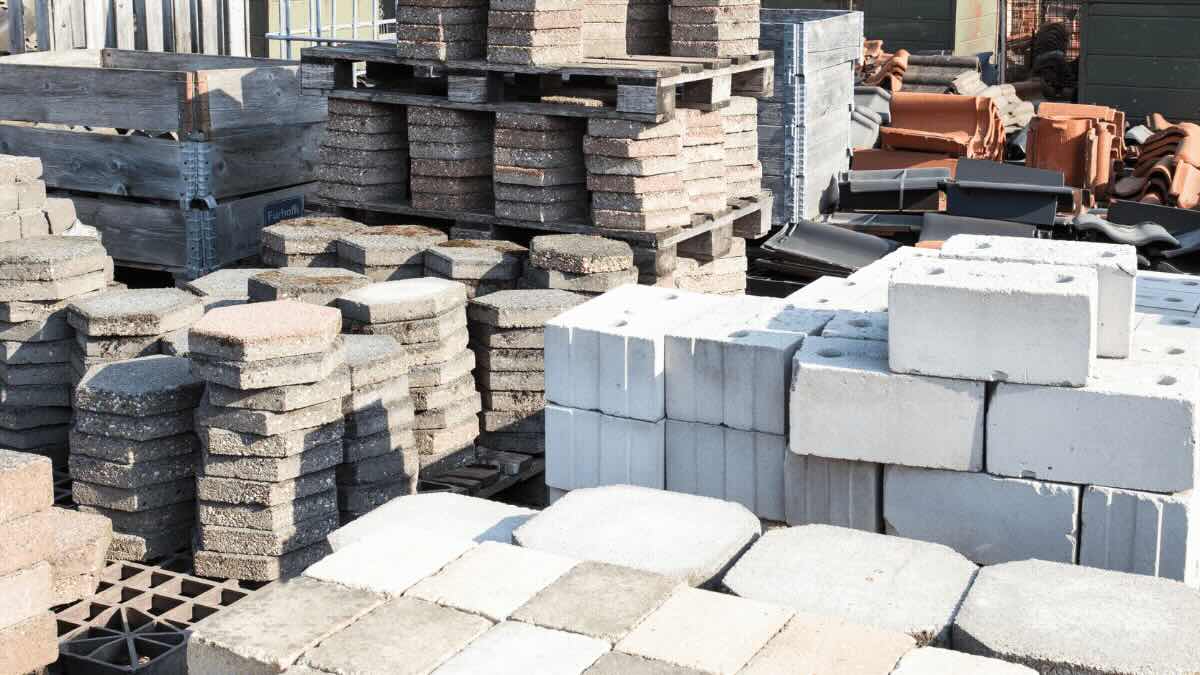
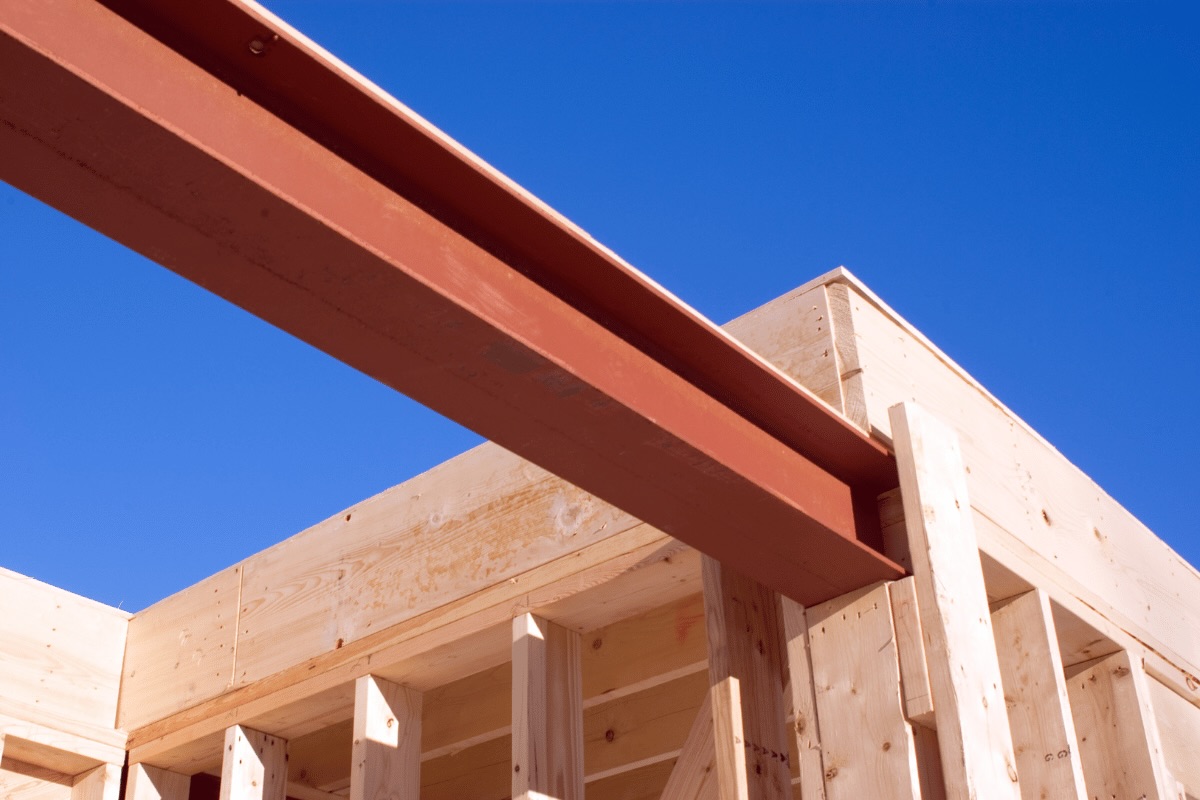
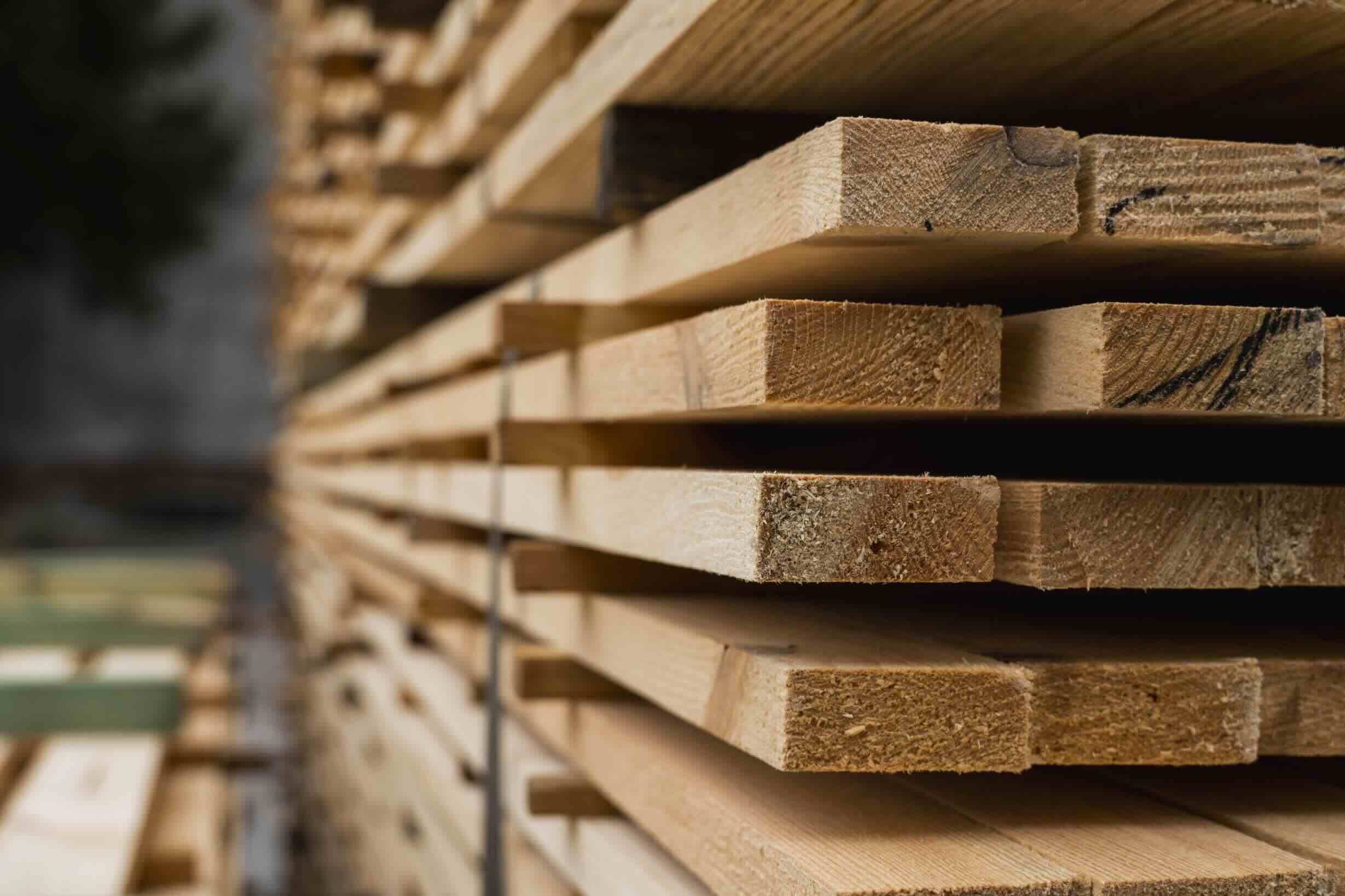
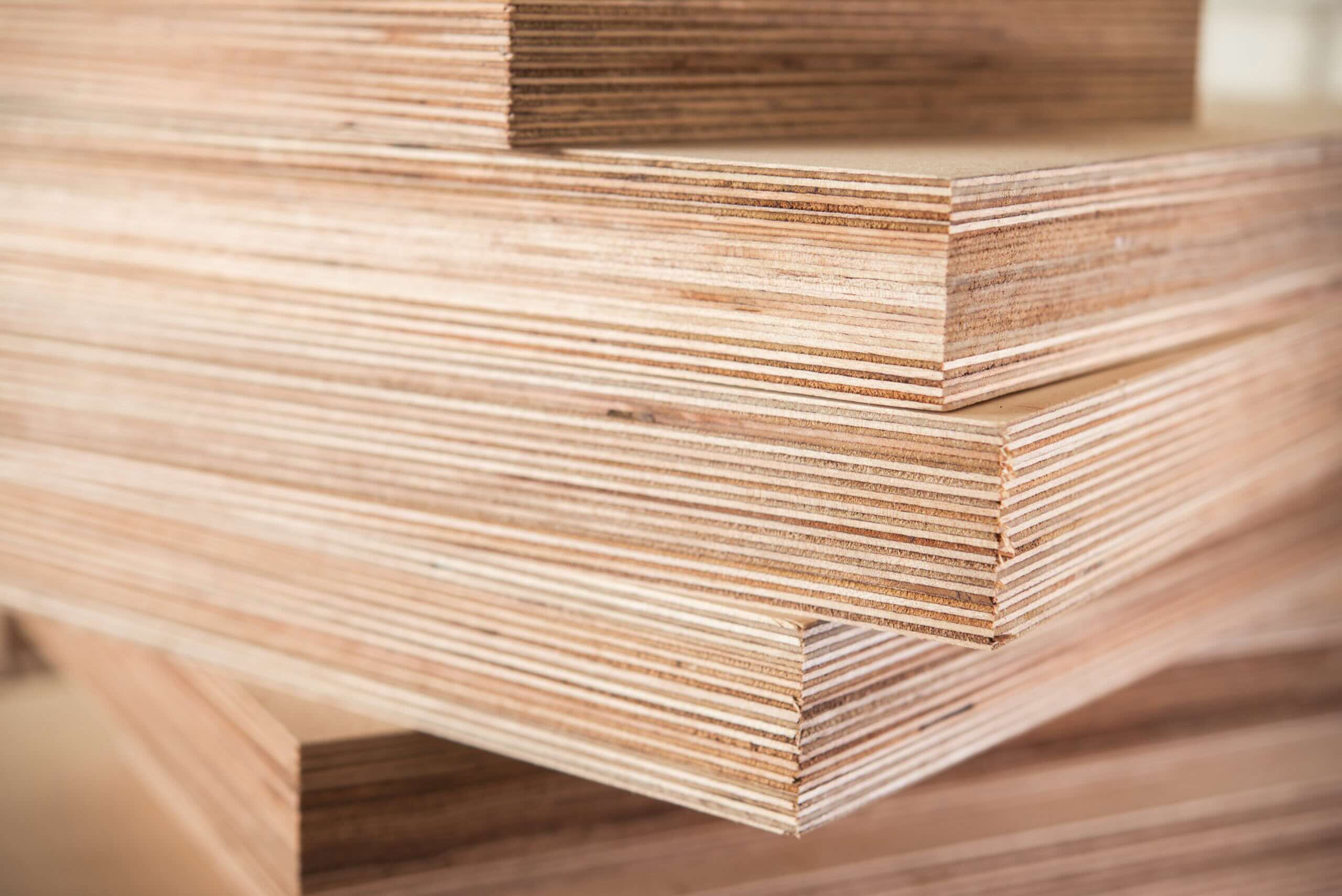
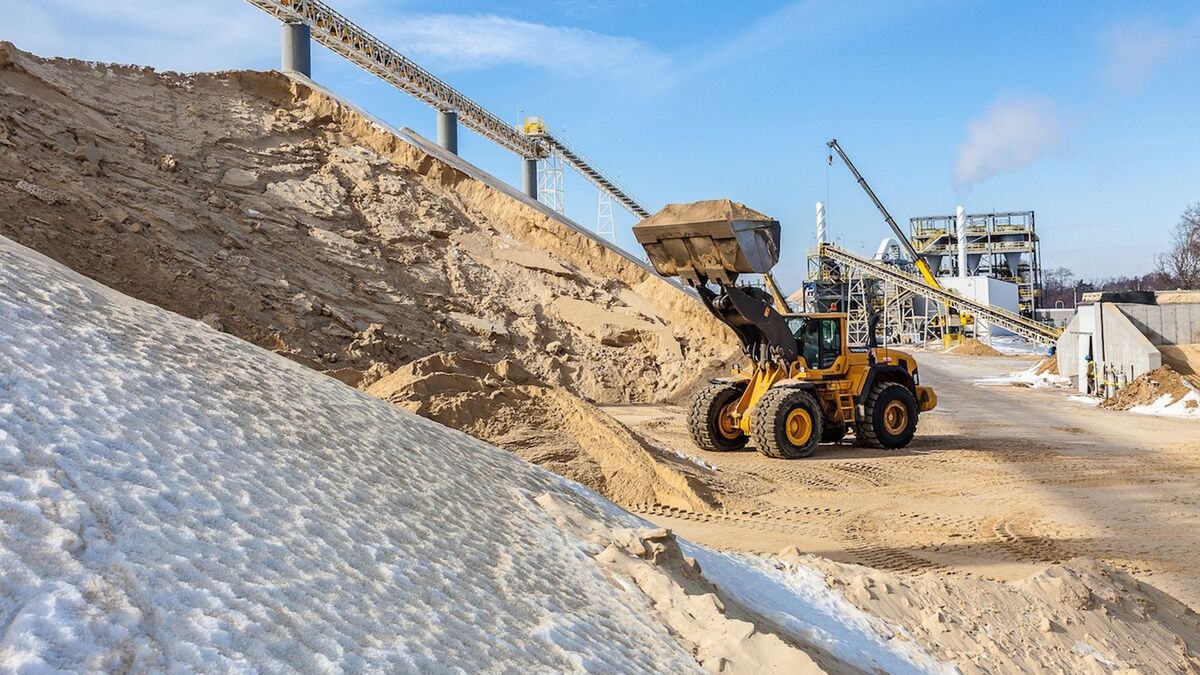

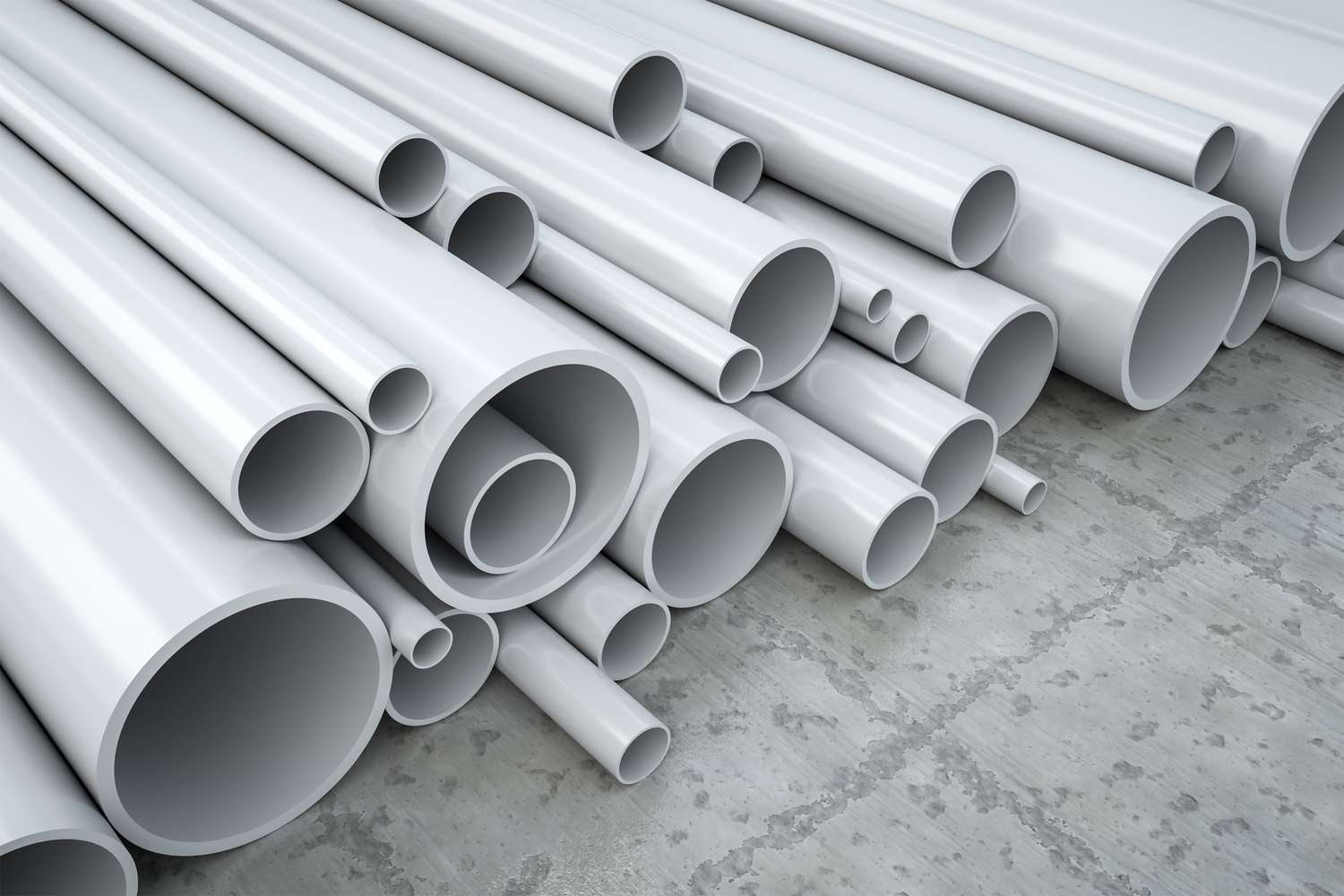


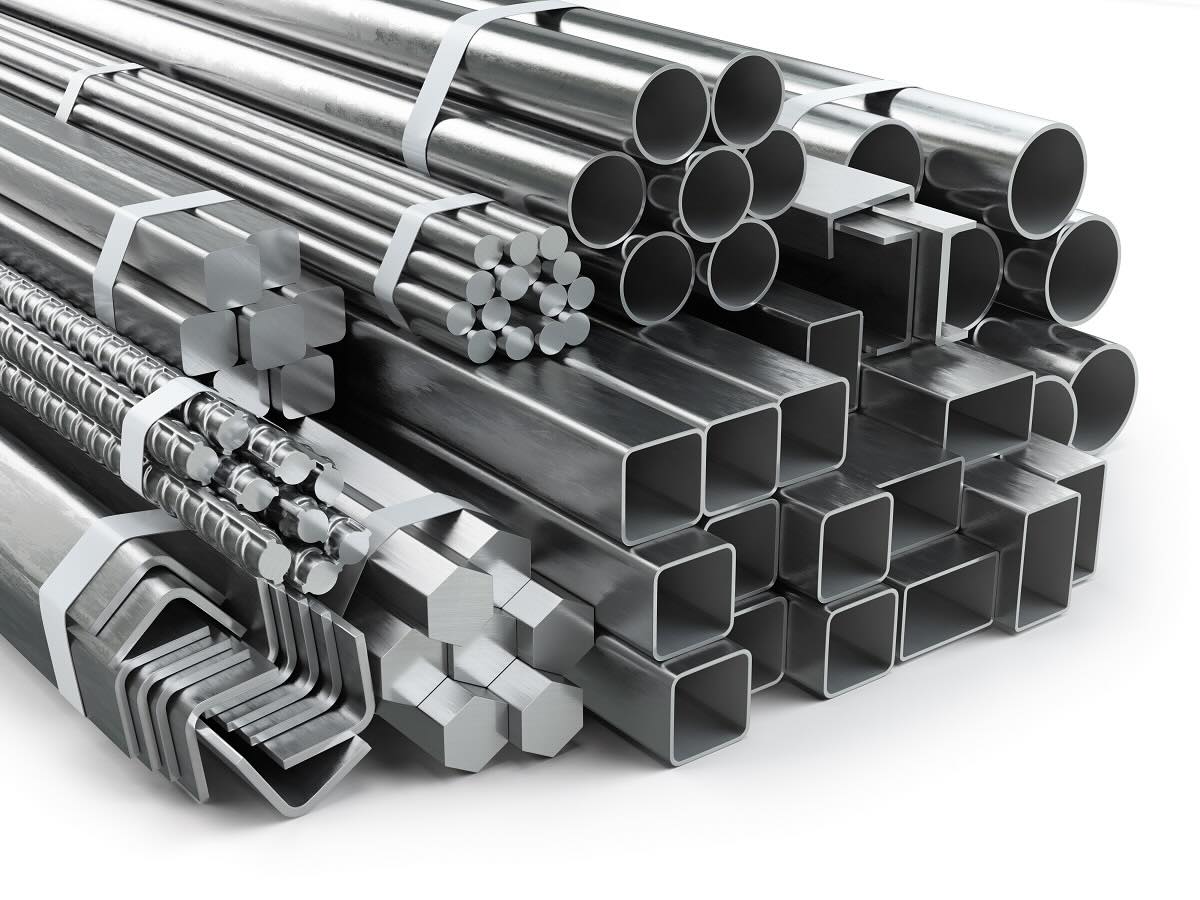


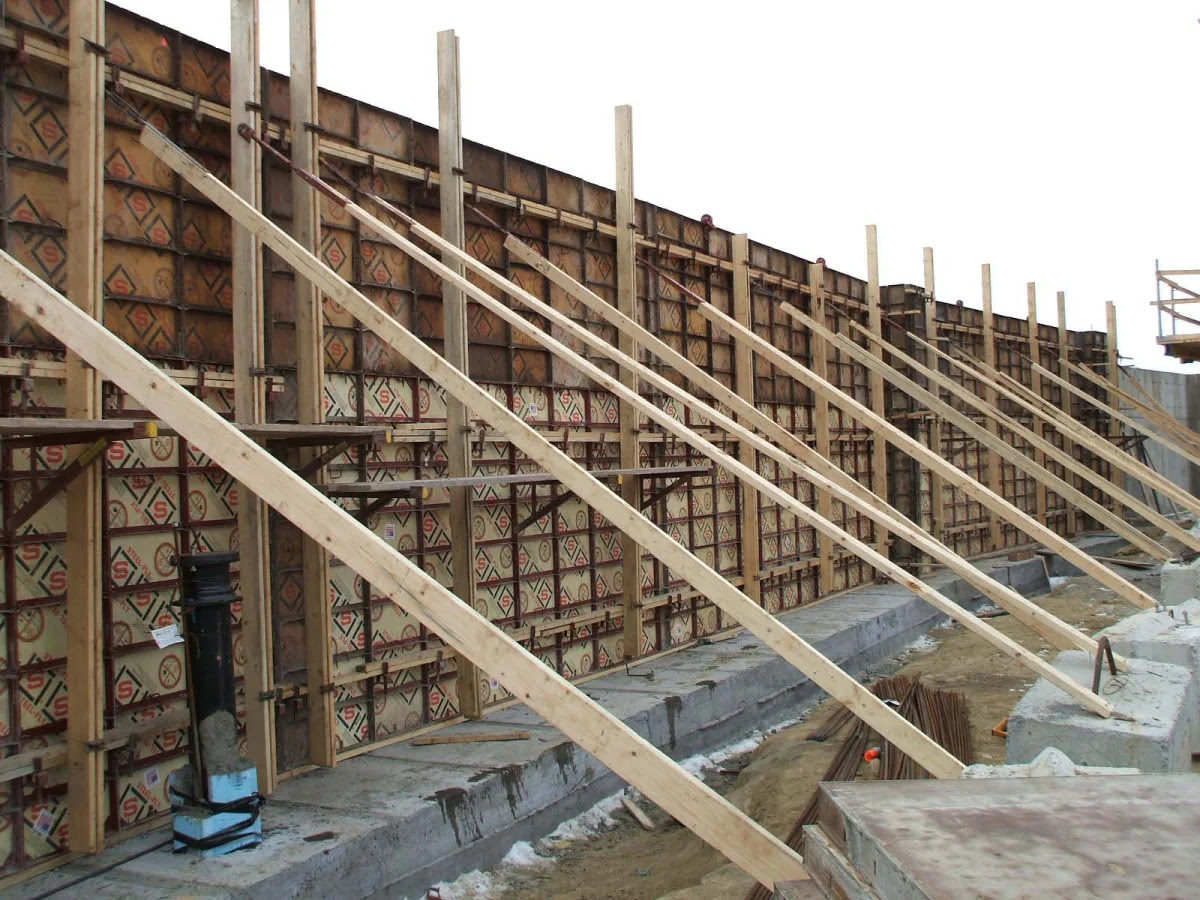
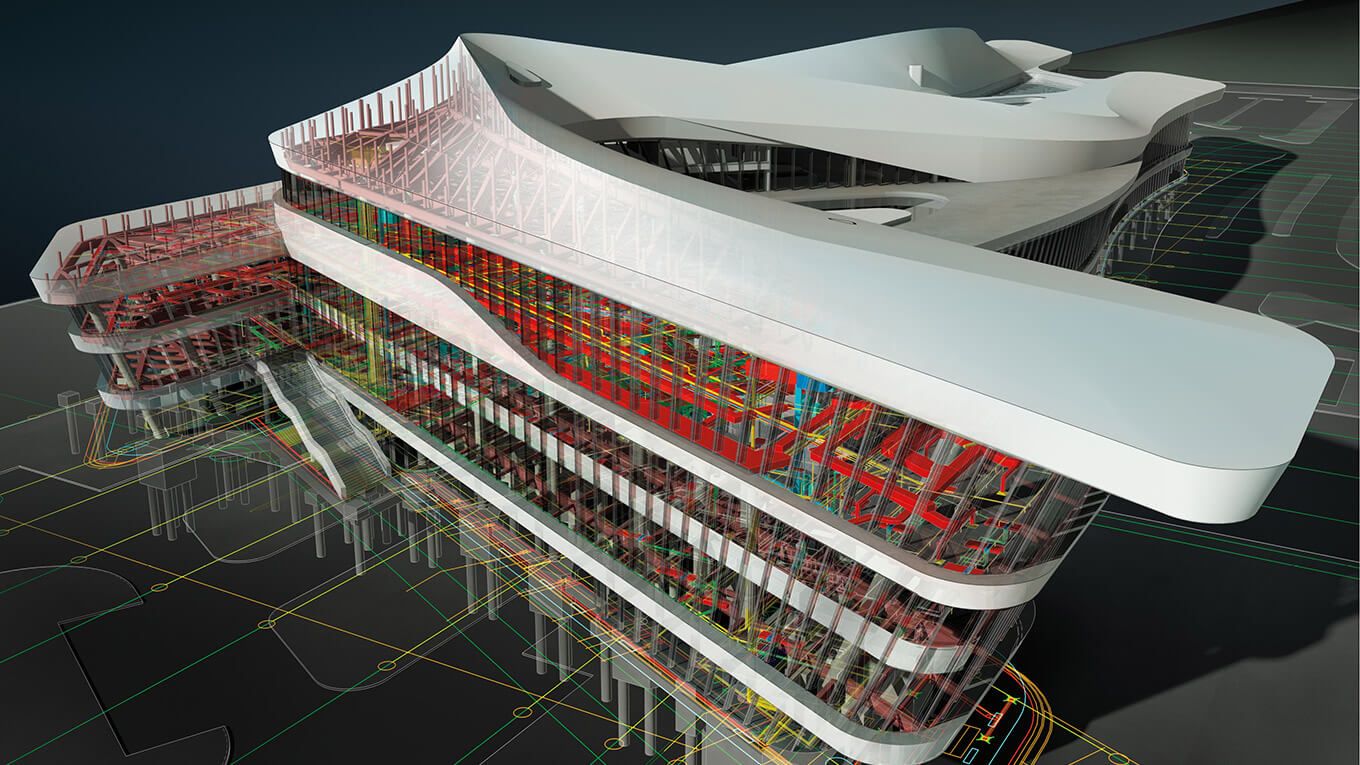

0 thoughts on “What Is Plastic Used For In Construction”